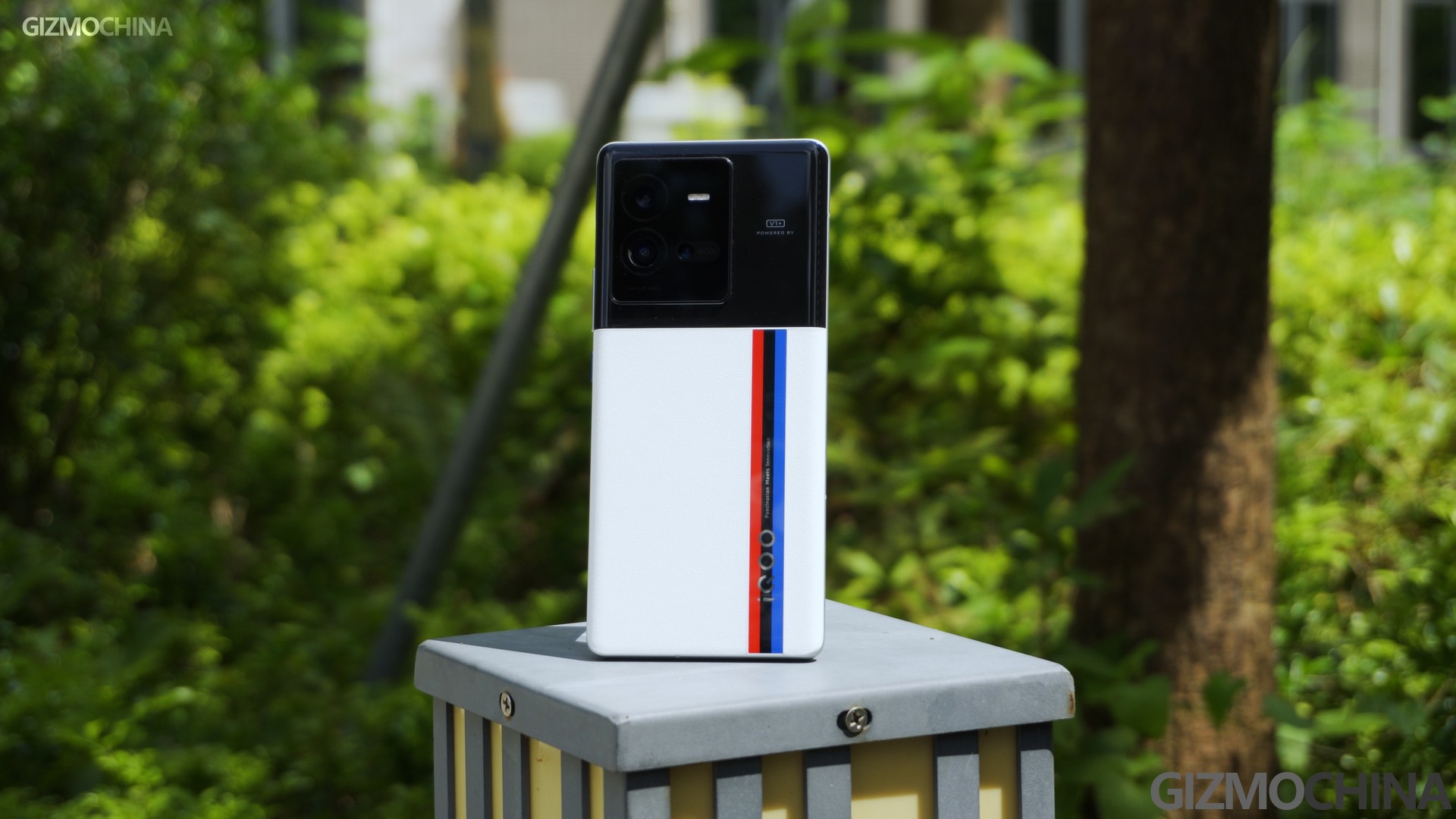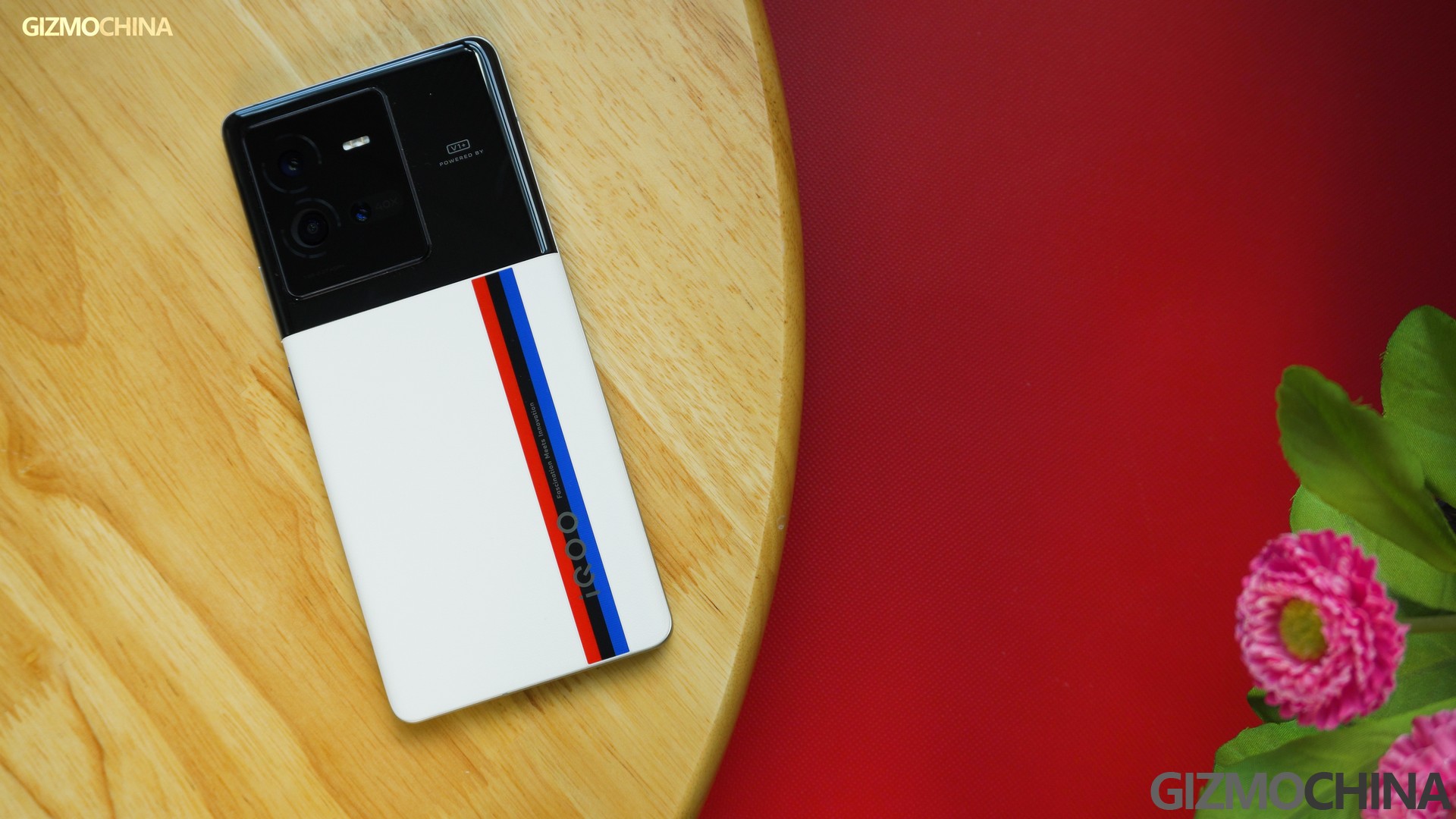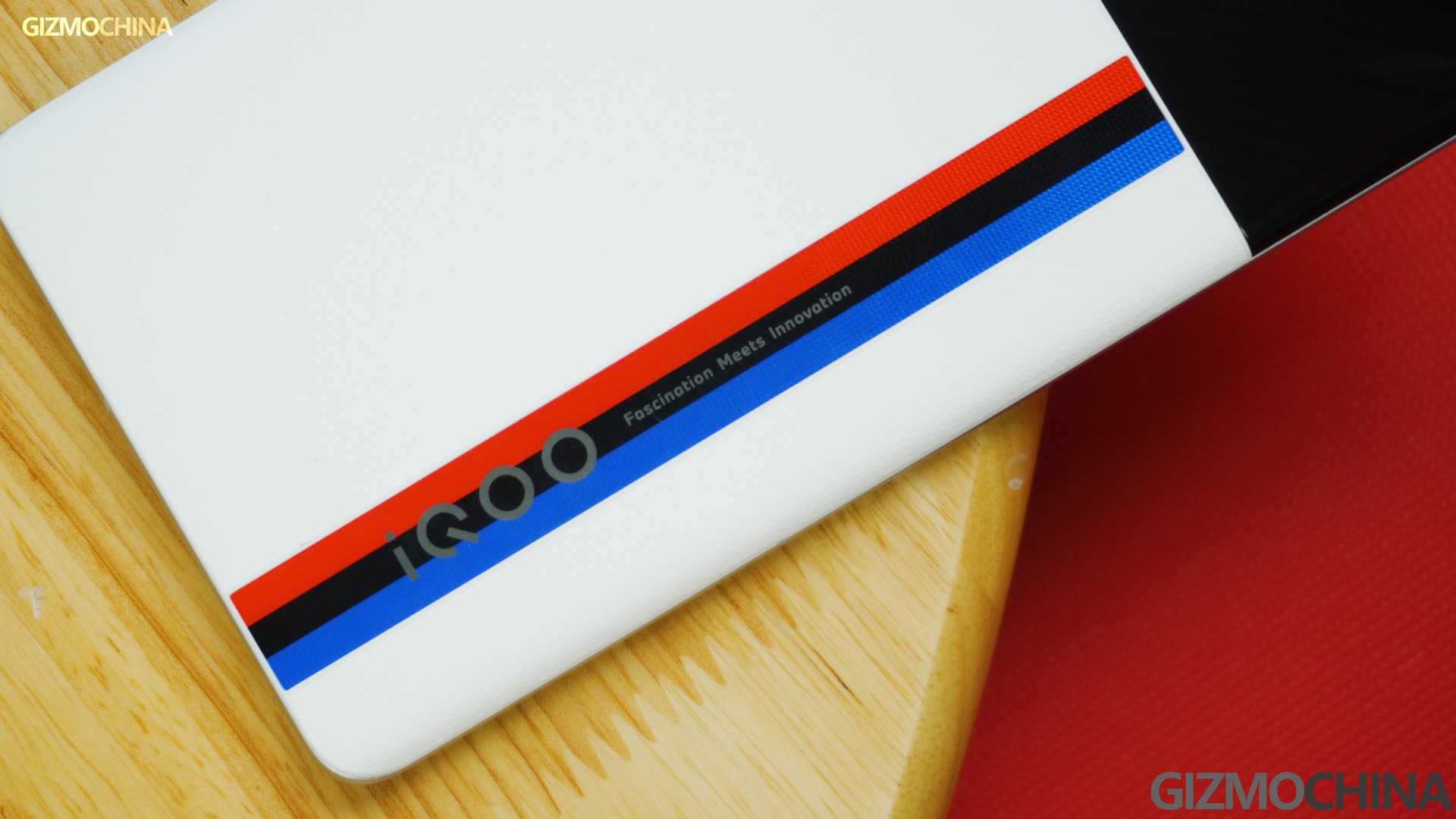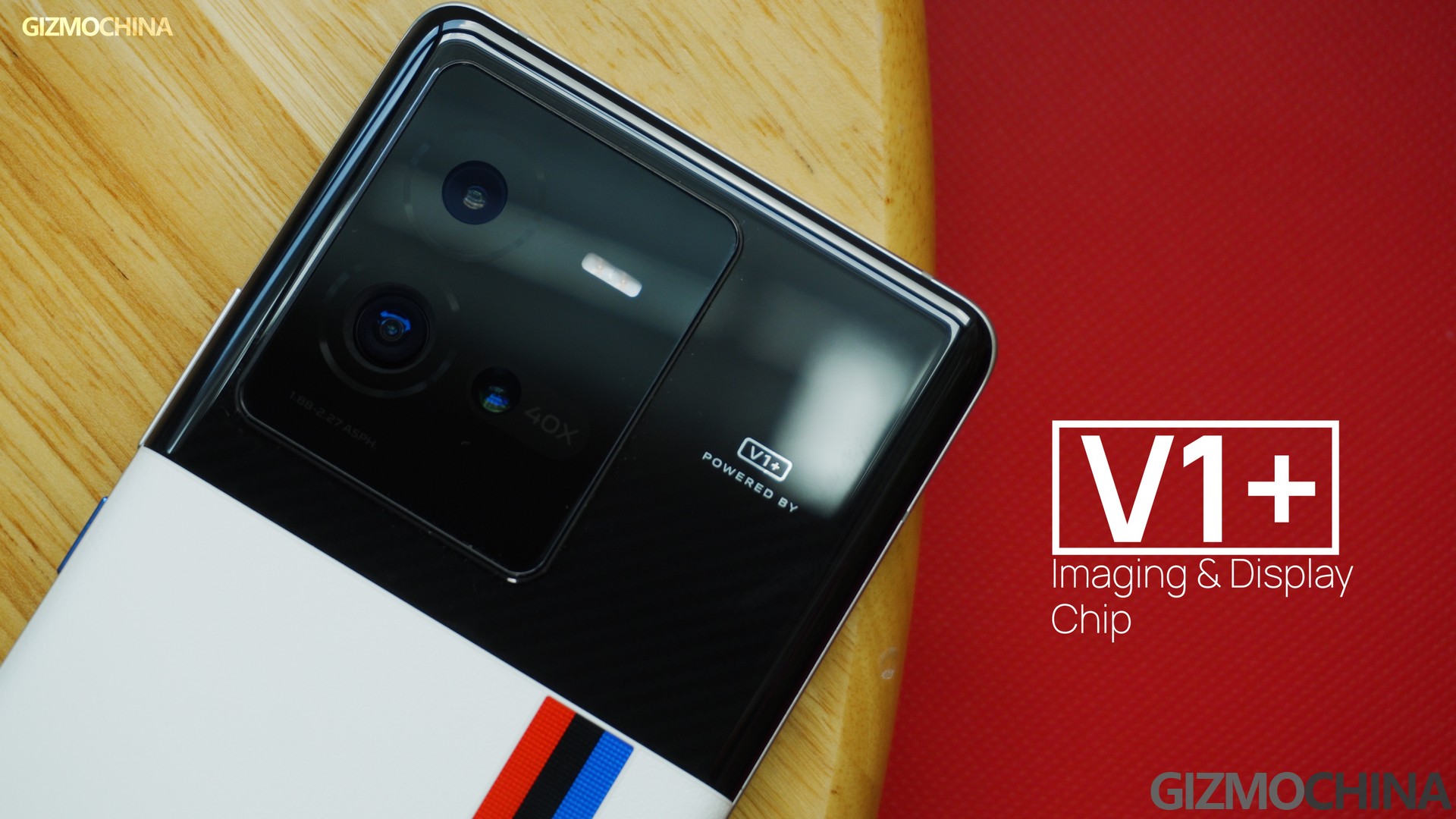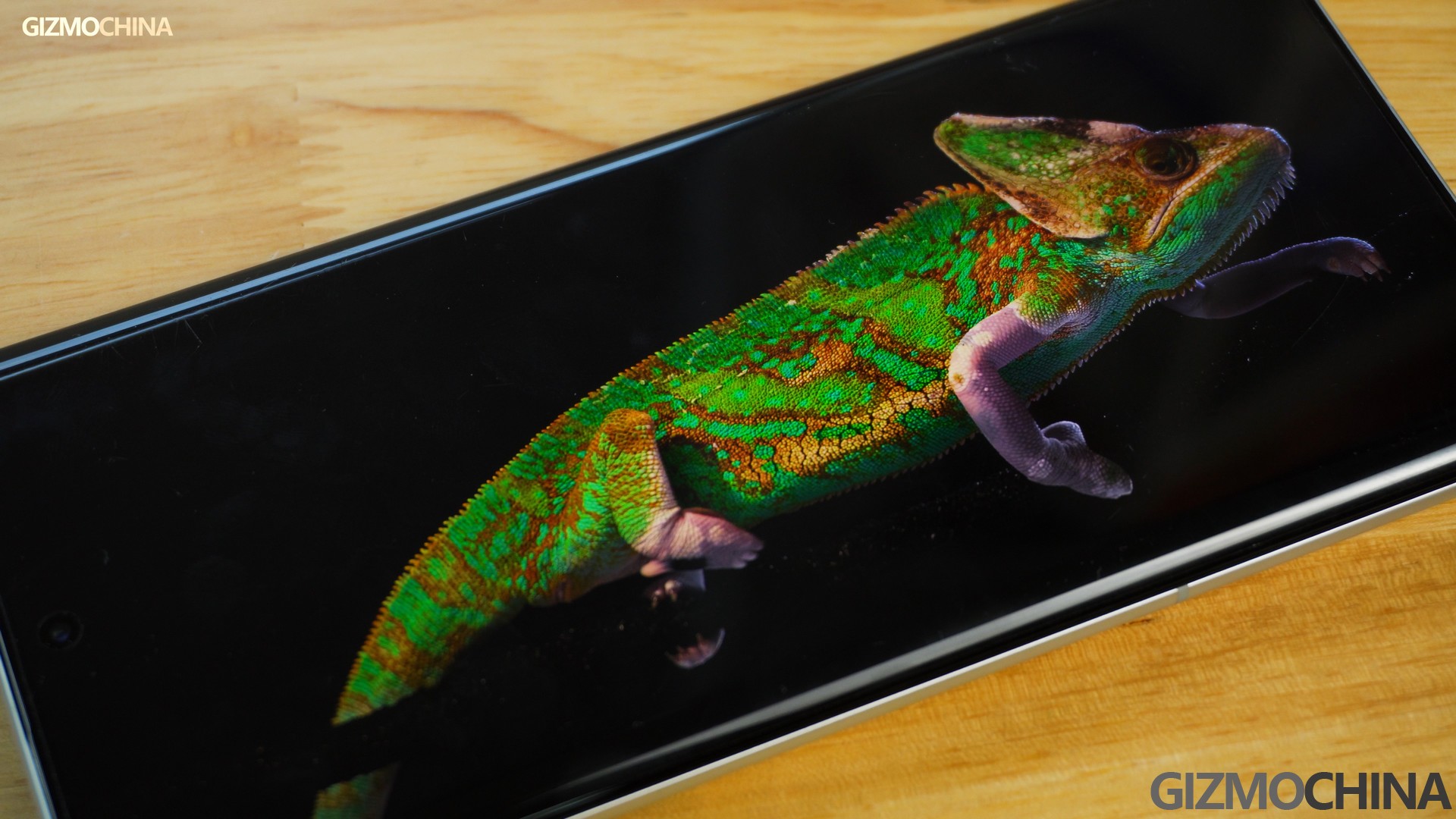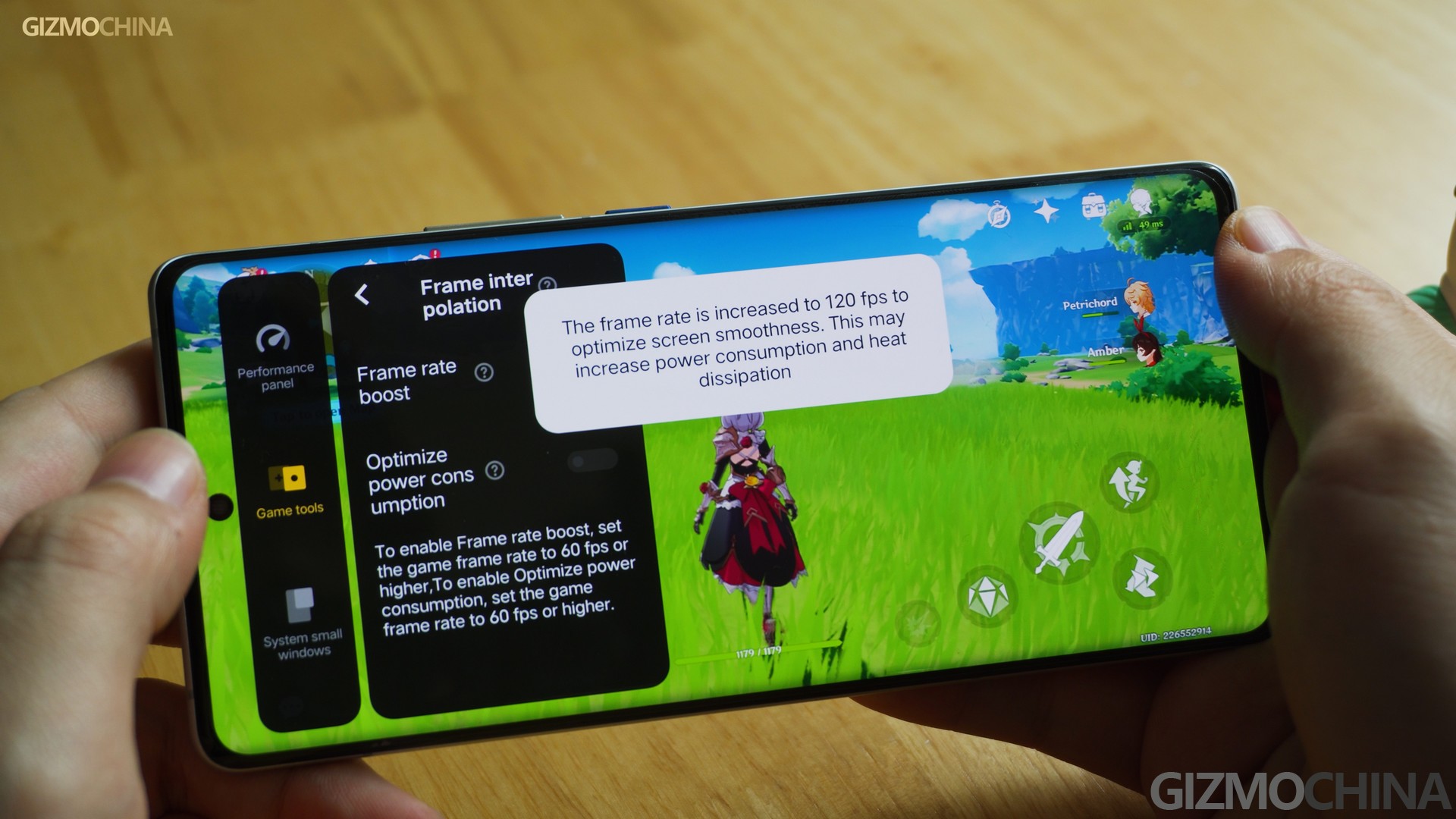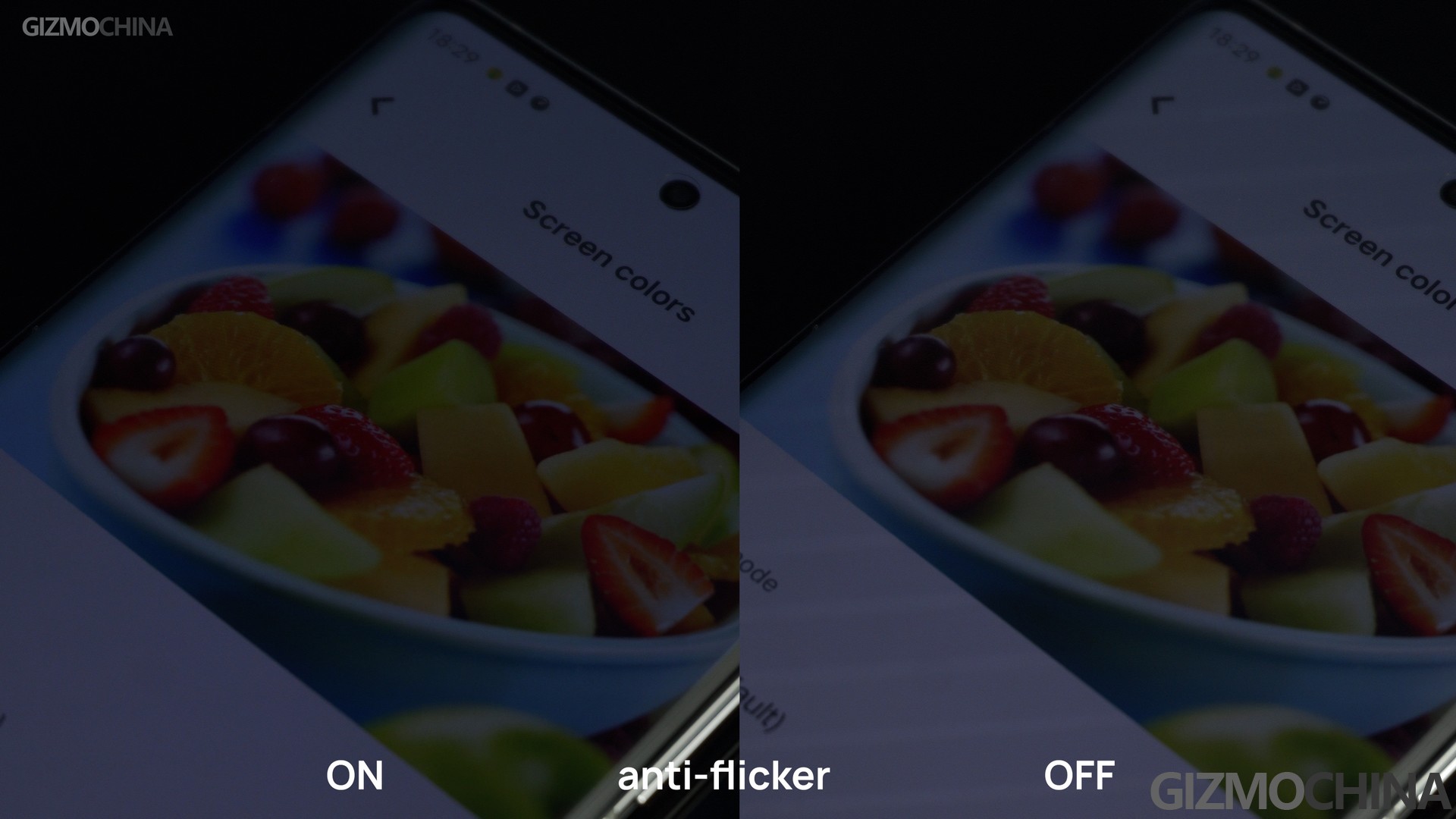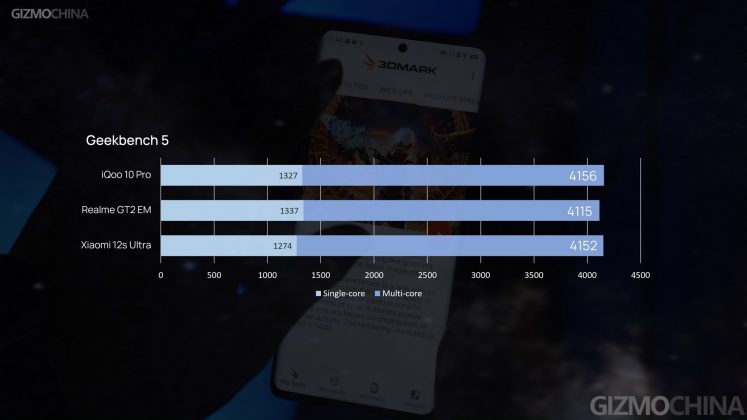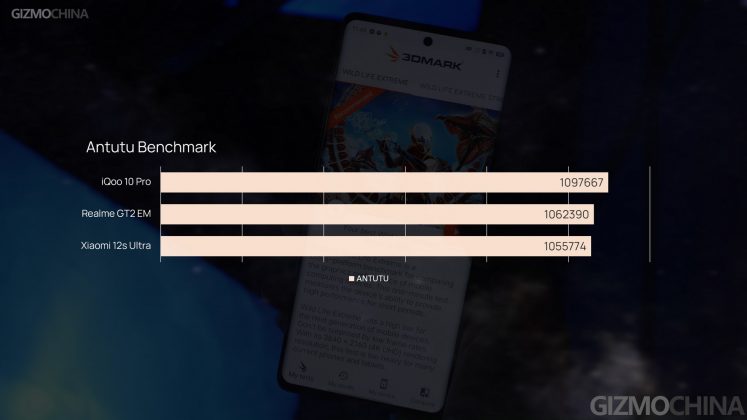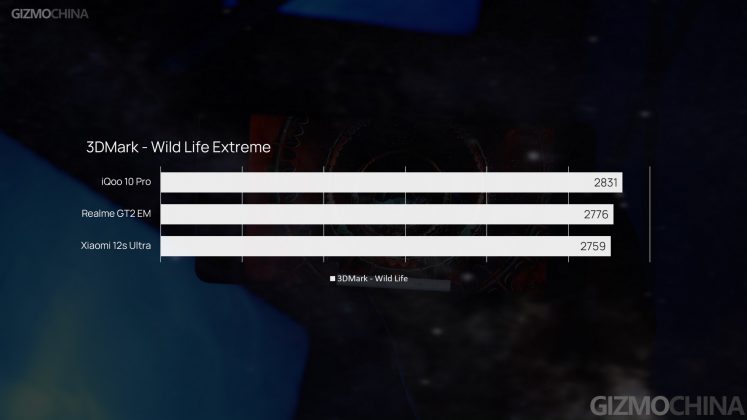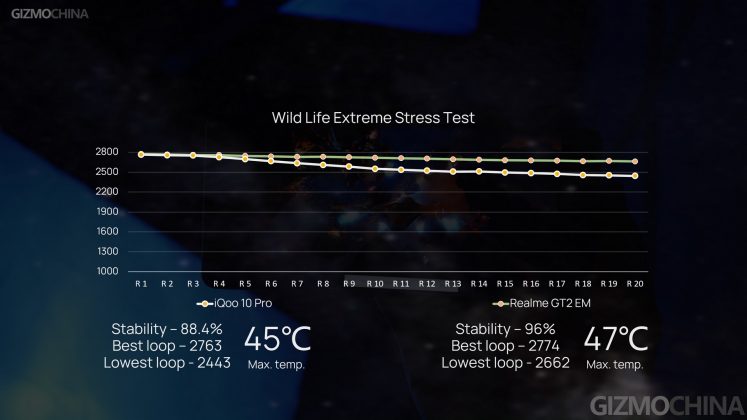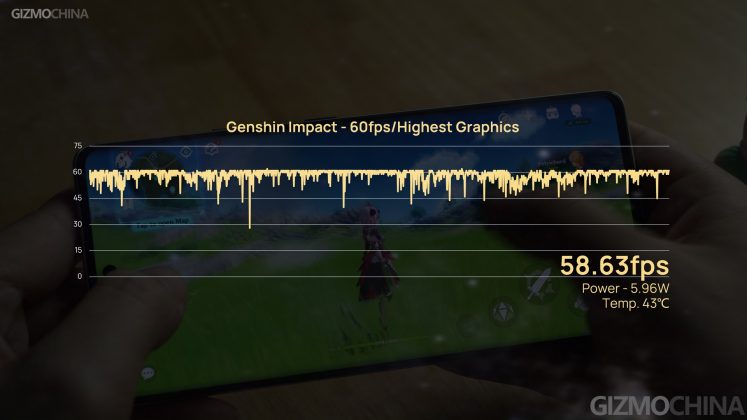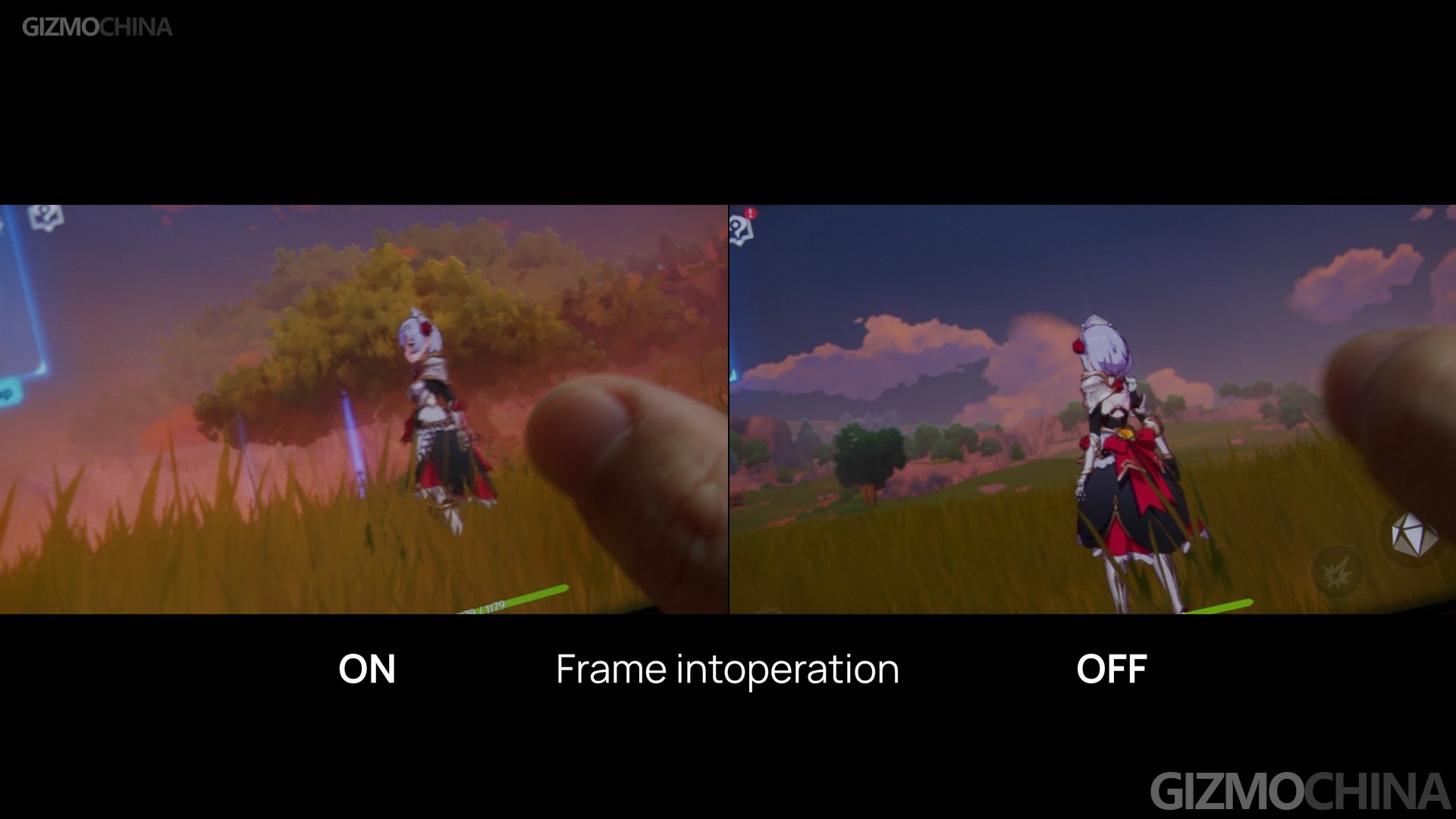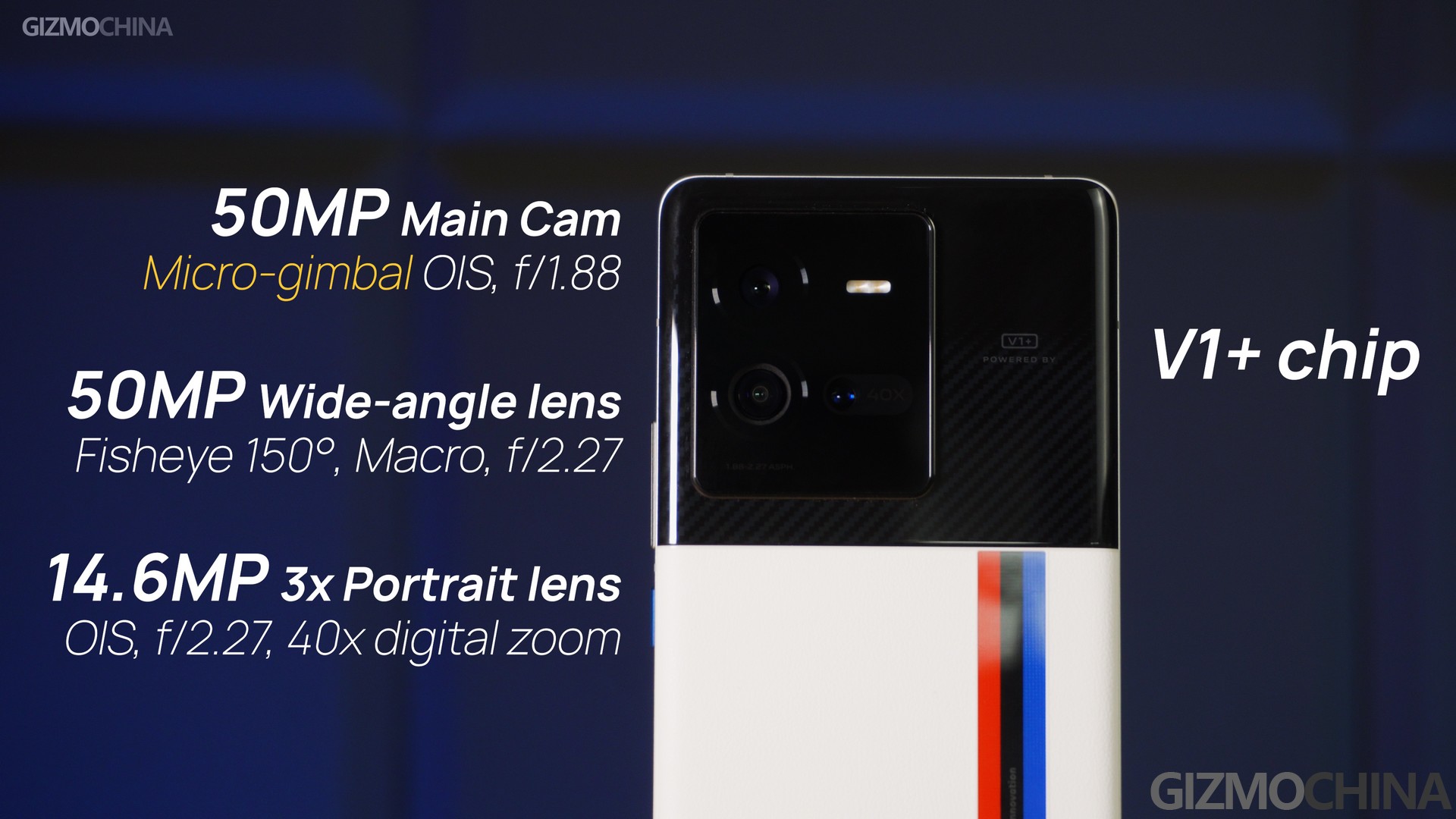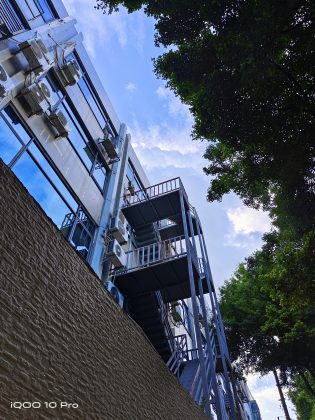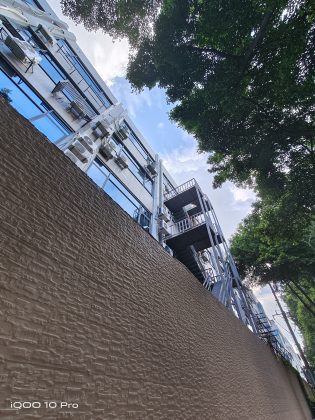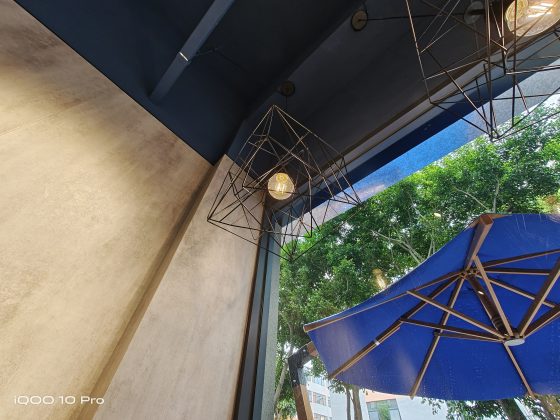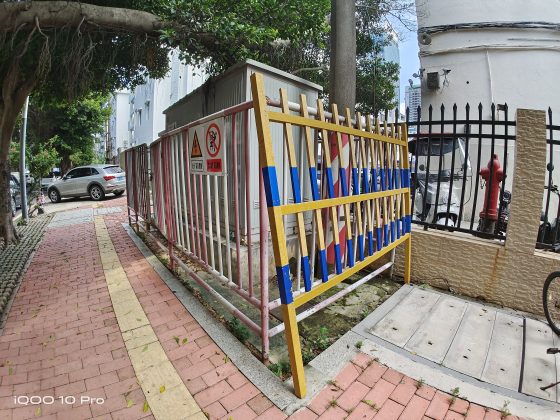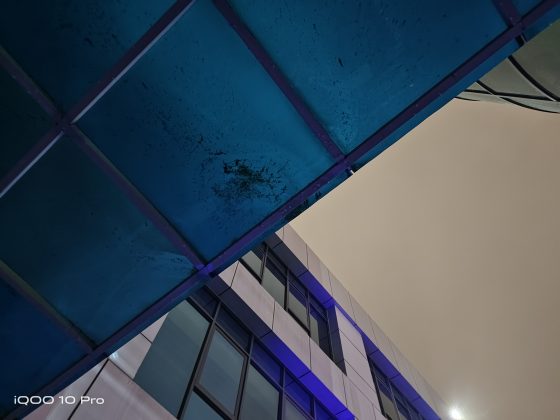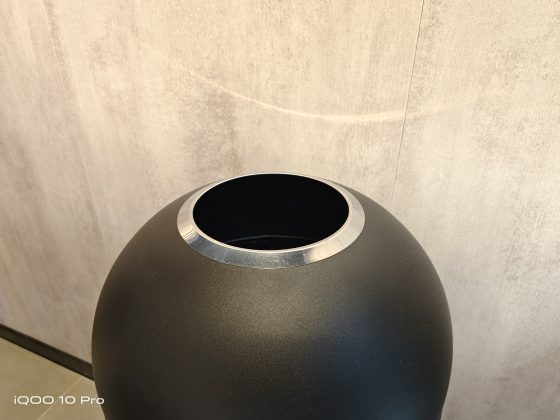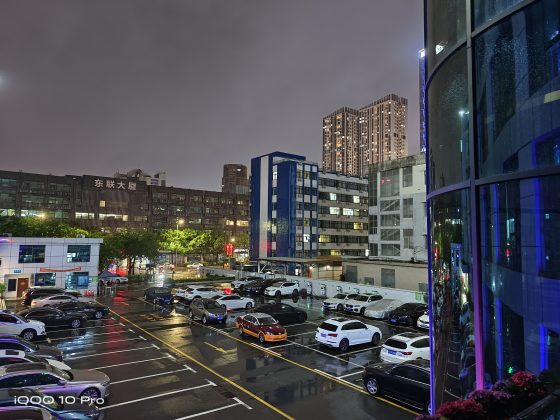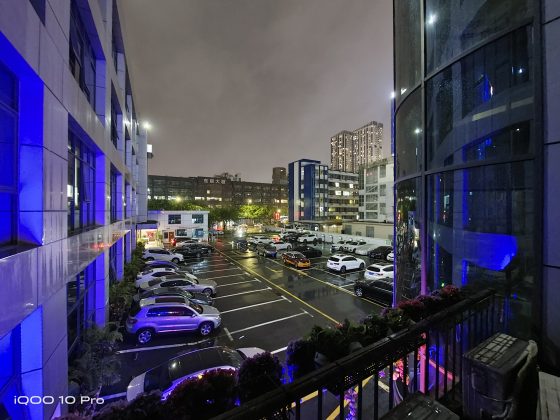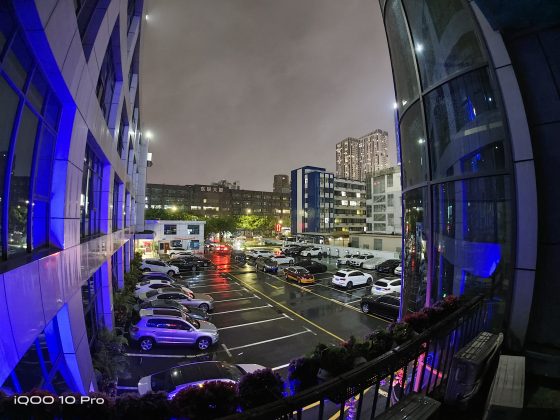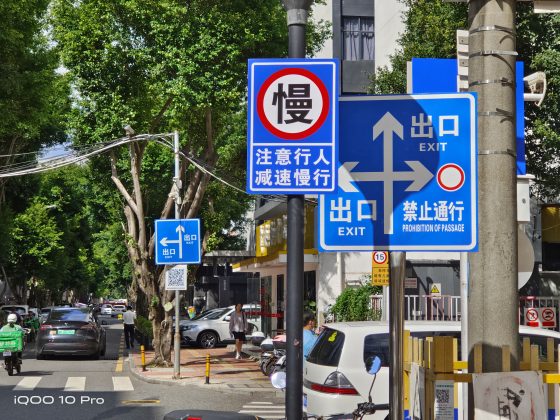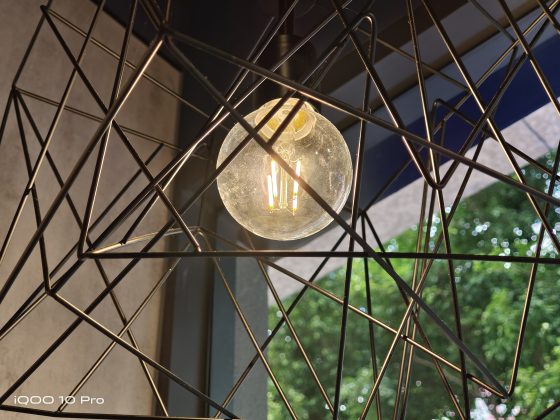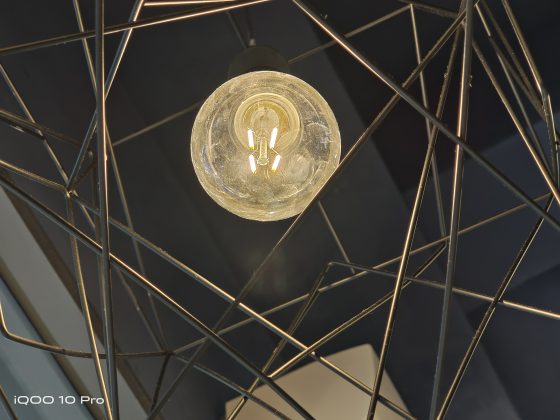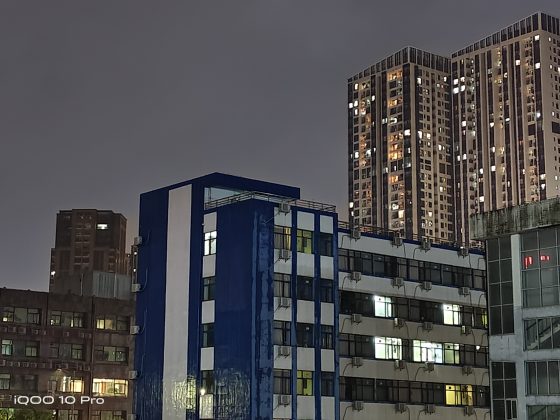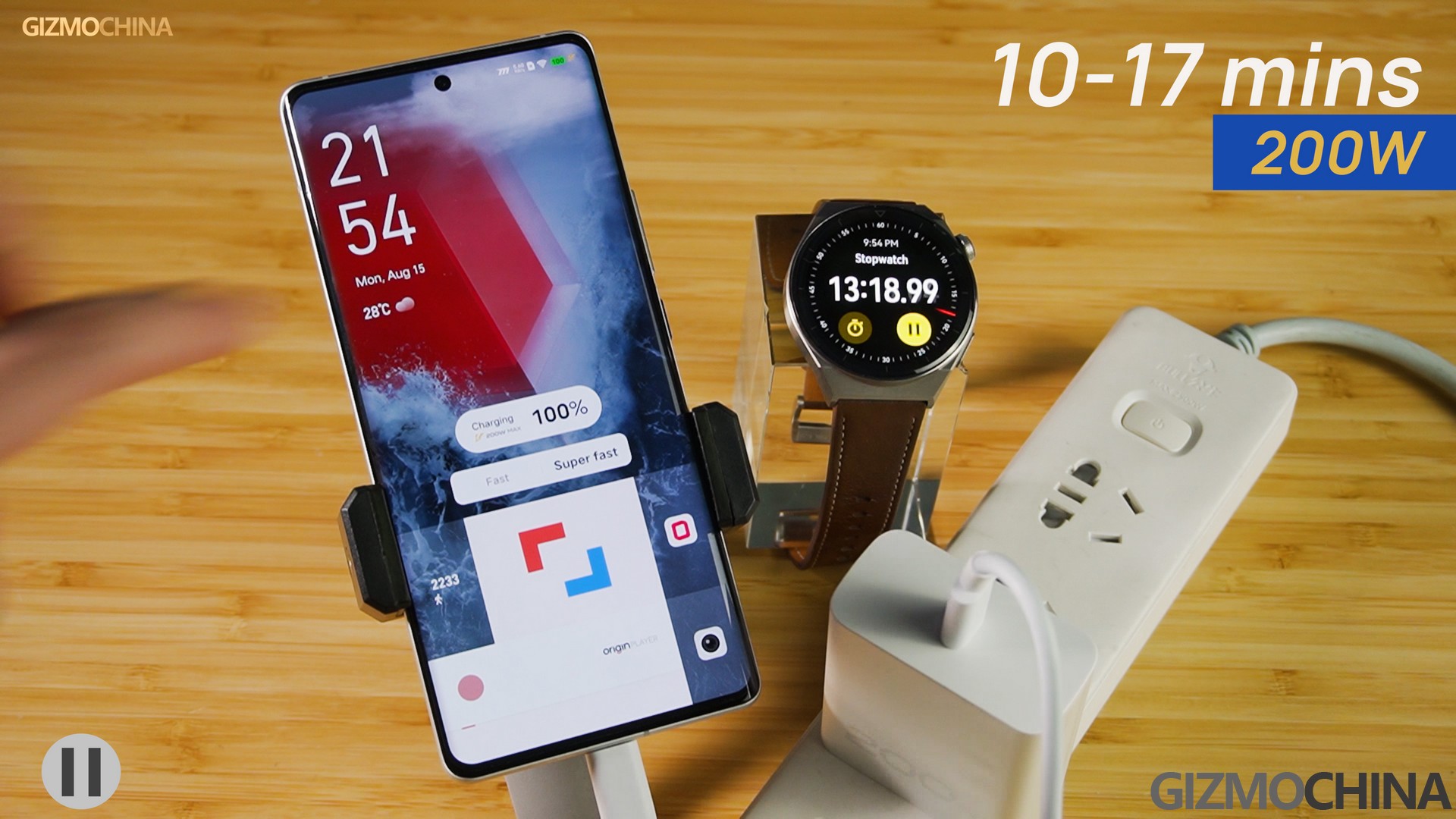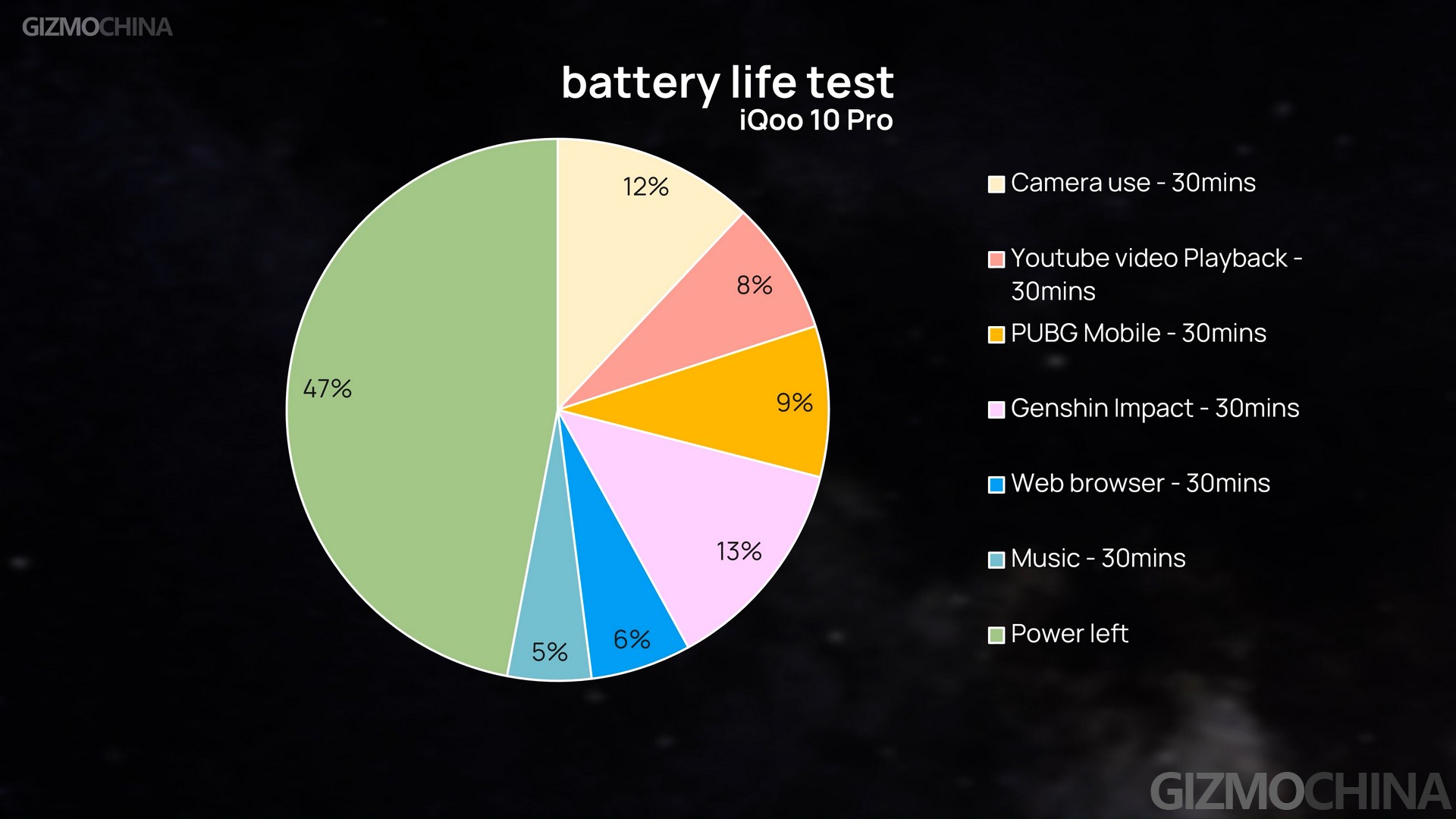iQOO 10 Pro
With over three years of hard work, iQOO has successfully made us forget the fact that it started off as a gaming-phone brand. In terms of the speed of new releases, iQoo is at the top of its game, with the iQOO 8 being launched last August, the iQOO 9 series in January, and the iQoo 10 series in July as promised. This dictates that the gap between each generation in the series is not too wide. For example, compared to the 9 Pro, the iQoo 10 Pro in my hand technically comes with only a better 8+ Gen 1 chipset, a faster 200W charge, a 3x optical telephoto lens, and, a more expensive price tag.
However, both the 9 Pro and the 10 Pro were, at the time of their release, competitive and powerful models in their respective price ranges. But another trick is that you can see the iQOO brand quietly trying out higher pricing while the series continues to be popular in the market. It’s already become another flagship series parallel to the Vivo models.
And after using the phone for over 2 weeks, I have to say that the new Pro model didn’t give us any surprising new features when compared to the 9 Pro on paper. But we could see that the phone does have some important improvements over the existing features. For example, it was already crazy to experience the fast 120W charging efficiency on the 9 Pro. So, as a user, I have no idea whether the 200W fast charging is a necessary upgrade. But we will talk about it later.
Design
However, I like the new design. Although it looks not much different from the 9 Pro. The legend variant with BMW M-branding reserves the black and white cut-out color scheme and the colorful band. The upper black cover is made of glass with a carbon-fibre pattern, while the lower part, where we often hold it, features an eco-leather-like material, which as claimed, has better stain resistance and is more durable. It feels good in hand and I also want to point out that it’s quite well-built.</p><p></p><p>
The triple-camera module looks familiar to the 9 Pro’s. There’s a 50MP main camera supporting micro-gimbal stabilization, another 50MP wide-angle camera, and a 3x optical telephoto lens with OIS support. And it is the first iQoo model that’s equipped with Vivo’s latest V1+ imaging &amp; display chip. The chip combines real-time night-noise reduction and MEMC frame insertion in a hardware package for the 10 Pro. But it didn’t bring many significant enhancements when compared to other models that don’t feature an imaging chip.
Display: 2K 120Hz AMOLED
Coming to the front now, there’s a 2K-level 120Hz Samsung AMOLED E5 panel covering the front face. But to be honest, I’ve now lost interest in edge-curved displays. Indeed, it makes the phone feel good in hand, but it leads to a narrow vision of the flat part of the screen. And it doesn’t lead to narrower bezels on both sides, instead, it makes the phone even bulkier in size.
But the display is great. With 2K resolution, it’s sharp with great colors, but when you switch it to the 1080P resolution, you would find that the display isn’t as good as other 1080P screens.
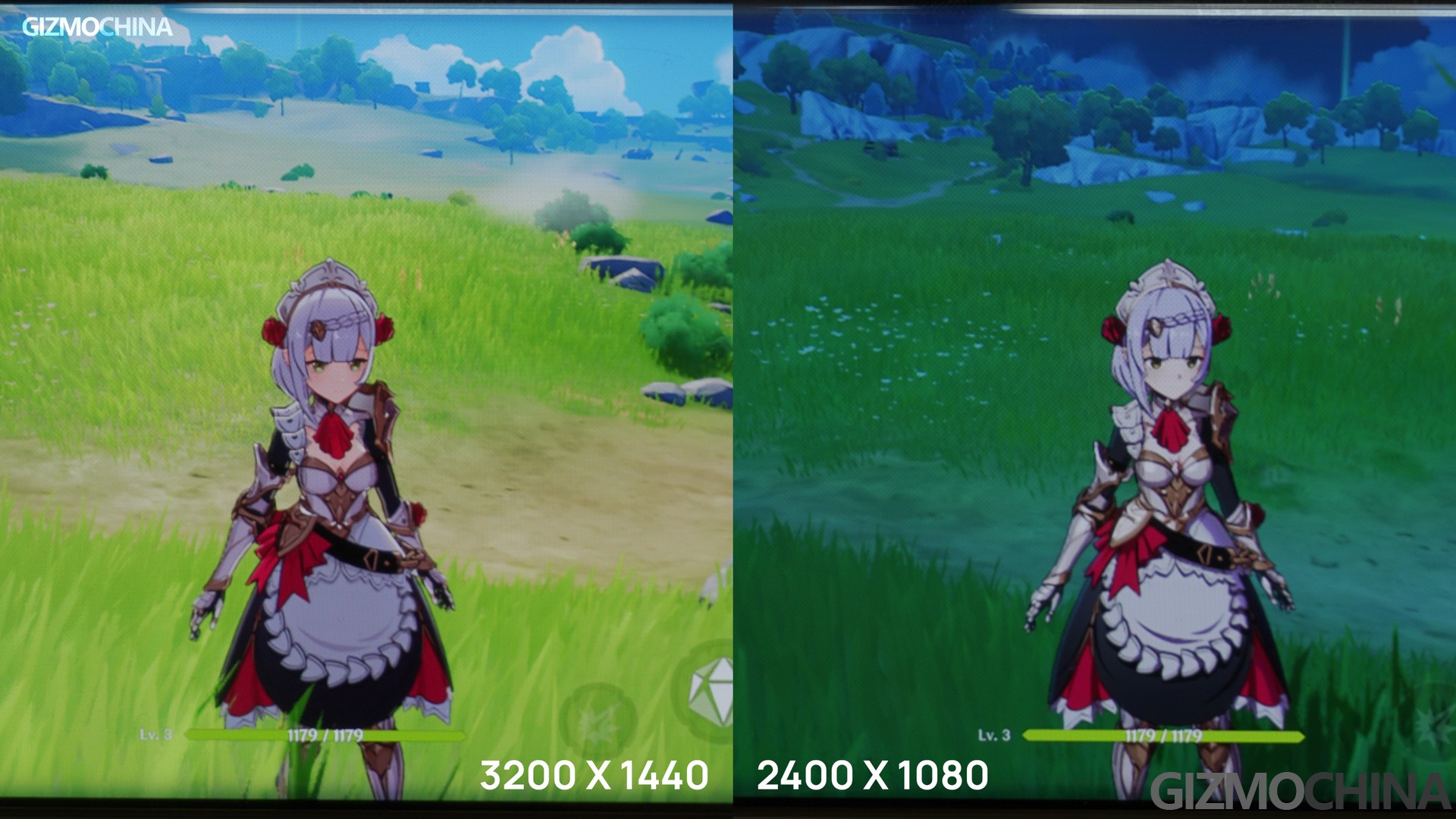 This issue also affects the display of gaming frame interpolation as the resolution is required to be 1080p for the feature. So when we boosted the framerate to 120Hz, the display response was affected and the images turned out to be blurred. Of course, you can choose the 90Hz option to save power for gaming, but you have to settle for a sub-par experience.
This issue also affects the display of gaming frame interpolation as the resolution is required to be 1080p for the feature. So when we boosted the framerate to 120Hz, the display response was affected and the images turned out to be blurred. Of course, you can choose the 90Hz option to save power for gaming, but you have to settle for a sub-par experience.
In addition, you also need to be aware of the flicker issue on the display at low brightness. If your eyes are sensitive to flickering like me, it’s better to avoid looking at the screen under low brightness. Or you can turn on the anti-flicker mode in developer options, which is like DC dimming. But as you can see here, users need to be okay with more screen noise and color bias. Although I pointed out the issues here, don’t get me wrong. The display looks great most of the time, and some other flagships have similar problems.
Performance: Snapdragon 8+ Gen1
The iQoo digital series finally got rid of Snapdragon 888 and 8Gen1 chipsets, and the 10 Pro is powered by the new king, Snapdragon 8+ Gen 1. So, its performance is the last thing you have to worry about.
At room temperature of 25℃, although it fluctuated to some extent, the phone was able to run Genshin Impact at 58.6fps under the highest graphic settings. And it got better control over heating and power output, which no doubt is much better than the 9 Pro powered by 8 Gen 1. And then turning on the optimized power consumption option of the frame interpolation feature, the gaming frame rate came up to 90fps at this point, but the detected framerate in-game is only around 45fps.
More importantly, the phone achieved a lower surface temperature with a more effective power output. But as we mentioned, the touch response was affected and the images turned out to be not as sharp as the original.
Cameras
1x
Vivo’s camera system has built up a good reputation with their X series. Now we can enjoy their achievements on the iQoo 10 Pro, like the V1+ imaging chip and the micro-gimbal stabilization. The main camera and the wide-angle camera were inherited from the 9 Pro, except for the main camera’s aperture, which is narrowed to F1.88.
In the daytime, it’s hard to say what has been improved with the V1+ chip, but the fact is that the images shot here have good sharpness and contrast with easy HDR triggering. The imaging process is fast without being laggy on the viewfinder.
The Micro-gimbal stabilization is the best OIS we’ve experienced on smartphones. You can even see the movement of the camera. No matter for video shooting or taking photos, the image on the viewfinder wouldn’t even reflect the slight shake of our holding hand. While for the wide-angle camera, it’s not as outstanding as the main camera. But thanks to the 50MP resolution, the samples are sharp in detail. And apart from the widest angle of 0.6X, you can turn it into a fisheye lens with an extremely wide angle.
The biggest benefit of the micro-gimbal tech is for night shooting. It greatly improves shooting stability at night. Even in conditions with very little lighting, the phone can surprise you. The wide-angle camera did give brighter imaging, but when you zoom in a bit, we can see that it’s not as good as it can be, with noise and smearing present on the samples.
Telephoto lens
However, my most frequently used lens is the 3x optical one. In well-light scenes, it has pretty good details without much blurring or sharpening, and the color style looks close to what we see on the main lens.
And for night scenes, when selecting 3x shooting, it turned into a cropped image shot on the main lens instead of the telephoto one. Well to avoid that, I usually select the 3x shooting only in night mode, which can improve the chances of activating the 3x telephoto. And it looks much better than the cropped pictures. And thanks to the OIS, it’s easy to have stable imaging with a slightly longer exposure.
Video filming
The 10 Pro’s triple cameras all support 4K 60fps video shooting this time, which is not even available for many premium camera phones. And the phone is able to achieve a much better brightness for night filming at 1080P 30fps. And it seems that the V1+ chip contributes to the better noise reduction for filming at 1080P, but this might be limited to 30fps.
200W fast charge: [0-100%] 10-17mins
The phone’s biggest upgrade is the 200W fast charging. With the screen off, the charging test only took a crazy 10 mins. So you just need the time required for a short breakfast in the morning to bring it back to life. Even with screen-on, the whole charging process wouldn’t take more than 17mins. Now there’s no point in talking anymore about its battery life, so just check it out here.
The audio performance was also a surprise for me. Now enjoy it here, better with the earphones on. And by the way, there’s no 3.5mm headphone jack on this phone.
Conclusion
Of course, there are other features like the ultrasonic 3D fingerprint reader on the 10 Pro. Plus the balance with powerful performance and good camera combination, I’m pretty sure that the iQOO 10 Pro is going to continue the success of the series. But at the same time, the promise on paper hasn’t been well fulfilled to some extent. For example, despite the great V1+ chip, it didn’t give us enough surprises on the 10 Pro.

